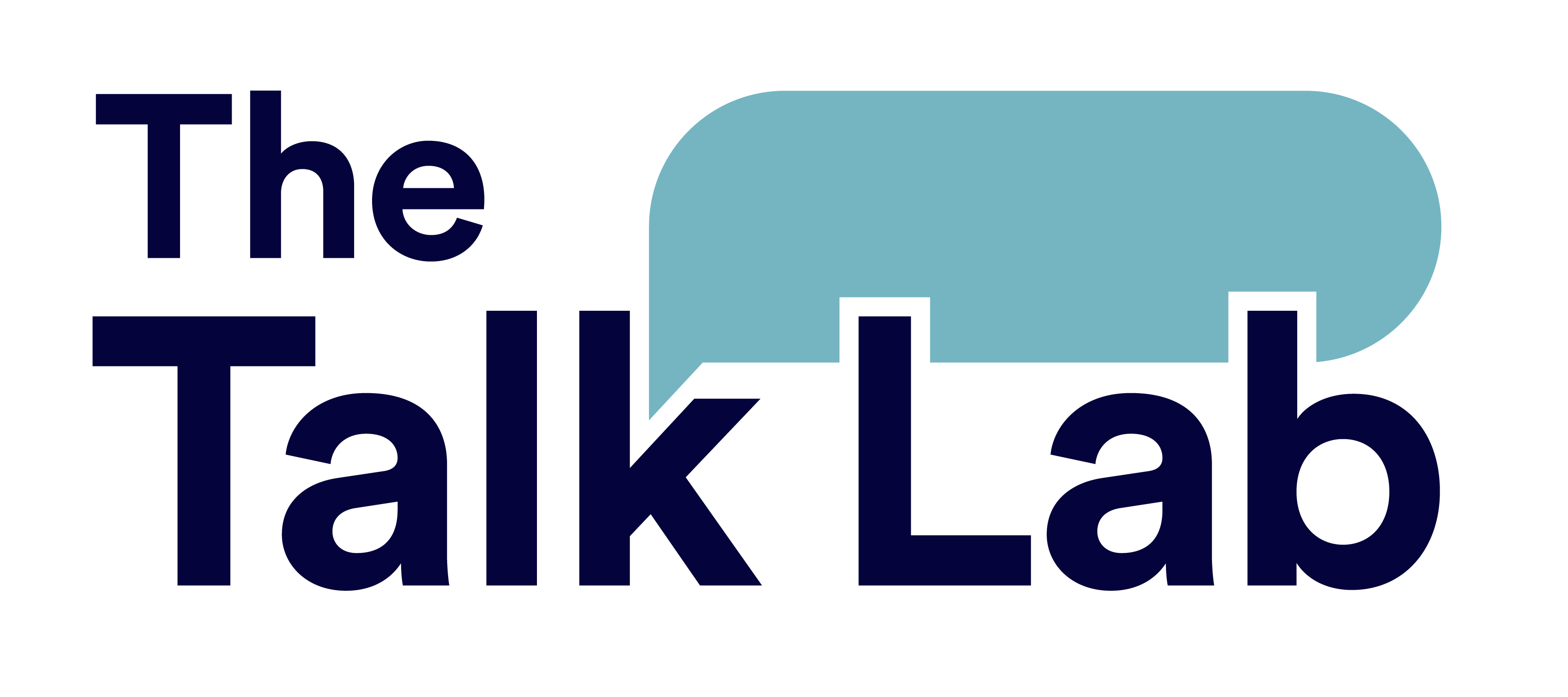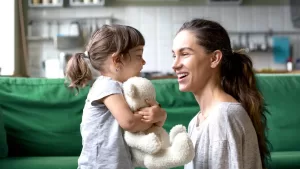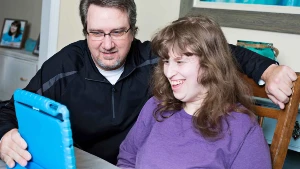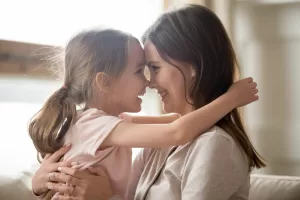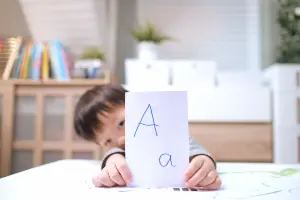Non-verbal Communication
Is your child non-verbal? Speech therapy helps support non-verbal communication through alternative methods and techniques that help your child communicate more spontaneously and independently.
What is Non-verbal Communication?
Non-verbal communication is widely recognised as the lack of or limited use of verbal communication. In young children, expression of non-verbal communication can include difficulty using words to express needs and desires, disjointed speech using single words or short phrases, and language difficulty. With speech therapy, communication techniques can be fostered to help you better communicate with and understand your child’s needs and wants.
LAMP
Language Acquisition through Motor Planning (LAMP) is a therapeutic approach that uses motor learning principles and a speech-generating device to develop methods of independent and spontaneous communication.
- Helps to achieve more advanced language and communication skills
- Aims to provide non-verbal individuals with an independent form of spontaneous, generative communication in a variety of settings
- Combines consistent motor movements with auditory feedback to produce a natural response while using a speech generating device.
- Adopting LAMP improves individual use of word combinations whilst enhancing receptive vocabulary.
- Aims to enhance different communication functions
- Individuals can observe increased average utterance length and use of natural vocalisation.
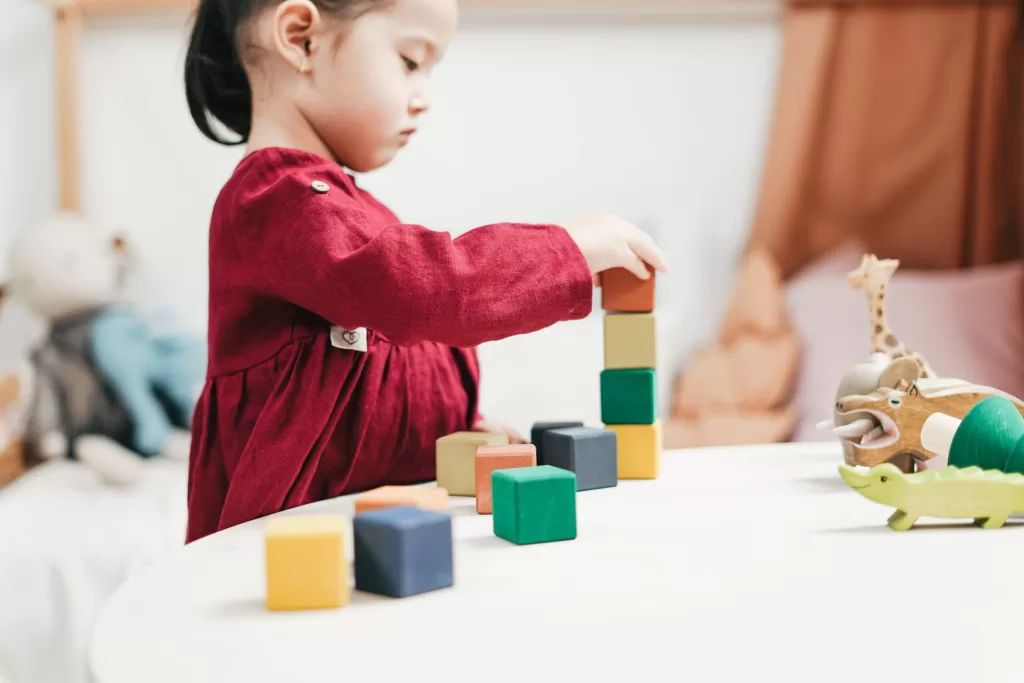
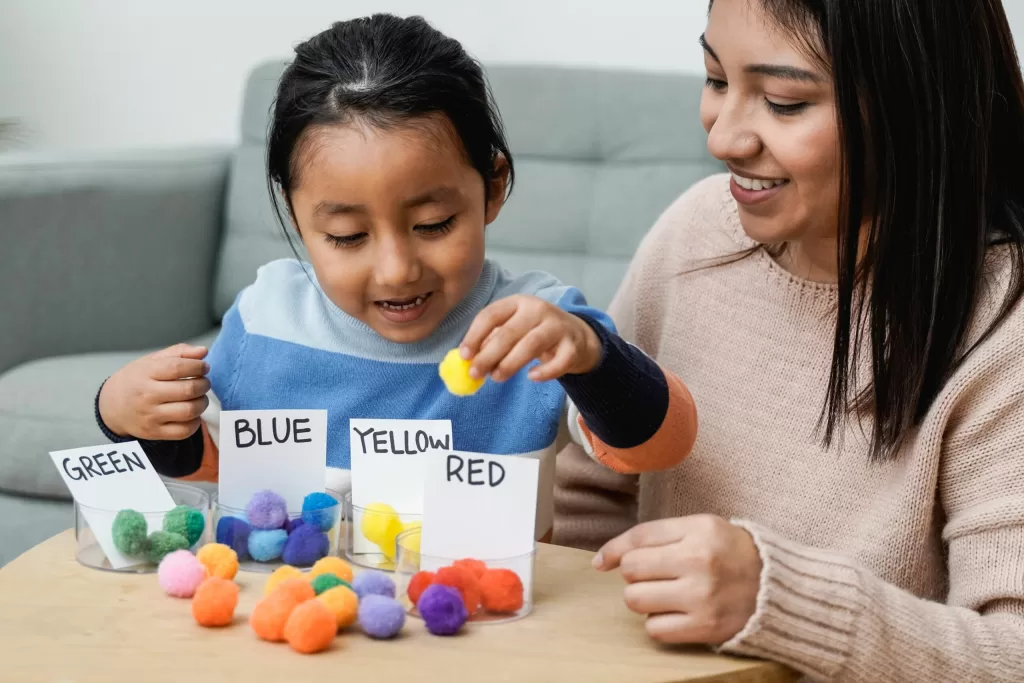
Educational Resources
Listed below are links to helpful information about Non-verbal Communication
AAC
Augmentative and Alternative Communication utilises aided and unaided forms of communication to supplement or compensate for speech impairment and disability patterns, for individuals with communication disorders.
- Aided forms of communication include external support such as computers, handheld devices, tablets that aid in generating speech. These are known as high tech communication aids.
- Unaided forms of communication include facial expressions, body posture, gestures, manual signs and American Sign Language (ASL.) These are forms of low-tech communication aids.
- We consider a range of factors to build effective communication strategies such as: required contexts for individual communication, skills and support available to communication partners, differing options for individual systems, and access modes.
- Incorporates existing communication abilities and teaches important communication cues.
- Provide tailored support for individuals with communication difficulties. This can include those with autism, cerebral palsy, dual sensory impairments, genetic syndromes, hearing impairments, and intellectual disabilities.
- As speech pathologists we provide customised support to assess individual communication and tailoring correct support mechanisms to the best support the individual.

